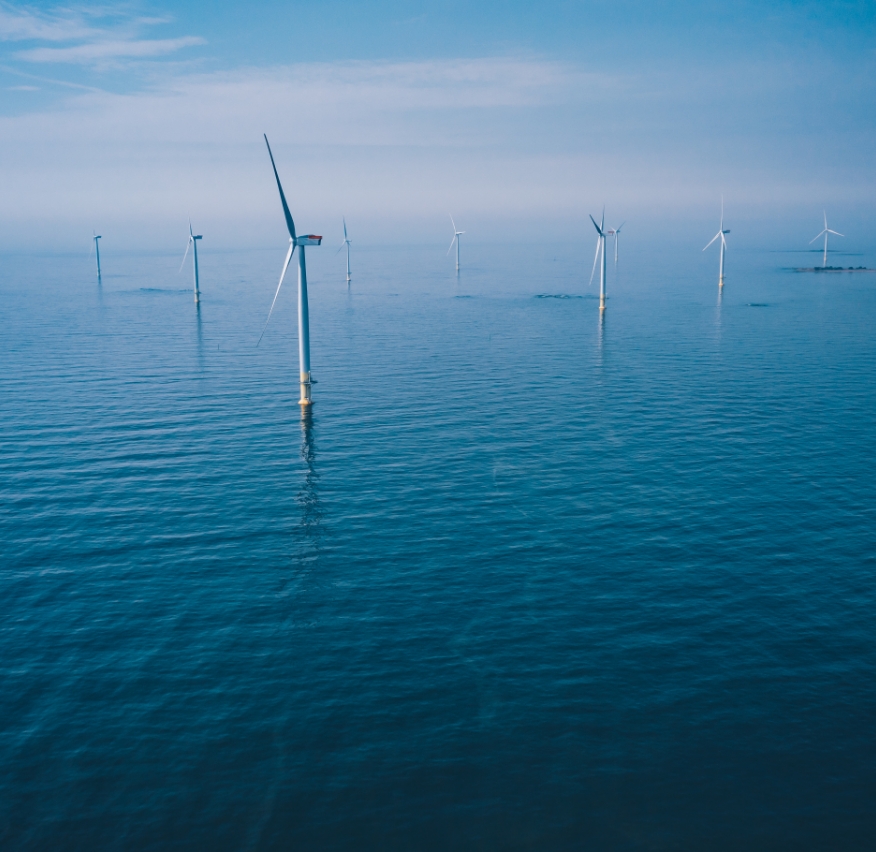Connect with us
* Required fields
* Required fields
A place where change is about to happen. We want to work with people who have ideas. We want to have a conversation.
The challenge to us all is to make the offshore wind industry sustainable and economically viable for us all. The current way of working is far from that, and we want the industry to work together to help change this.
As part of this Joint Industry Partnership (JIP), we will run a series of exclusive discussion groups, both in-person and virtually, to shape all our futures. Virtual Teams webinars and in-person round-tables in the Europe and the US will shape the direction of change and forge a way ahead.
If you want to be part of the conversation and contribute to the change, sign up below for these exclusive, limited-number events.

In pursuit of achieving Final Investment Decision (FID) and ensuring the successful construction of a project, developers face navigating through these complexities.
Our hypothesis suggests that developers stand to gain substantial benefits by strategically reviewing pre-FID spend to maximise project lifetime cost. This proactive approach not only holds the potential to reduce total project CAPEX but also extends its impact to costs during the operational phase of offshore windfarms.
By frontloading investment during the initial stages, developers can significantly mitigate ground condition risk, address supply chain challenges, and ultimately, reduce overall project uncertainty.
Site characterisation data becomes instrumental in determining foundation types, turbine placement, and overall project feasibility.
However, the current scheduling of development operations often necessitates over-engineered solutions to accommodate reservation timelines and procurement bottlenecks, leading to avoidable inefficiencies and increased costs.
While adjustments to the scheduling of site selection and development operations may not pose technical challenges, they hold immense potential to yield significant carbon and cost savings, as well as a reduction in project risk and development uncertainty.
Realizing these benefits likely necessitates a re-evaluation of the project funding profile.
In summary, advocating for comparatively small increased spending in the early development phase of OWFs can yield a multitude of advantages. Early investment in ground modelling, supply chain engagement, risk mitigation, and streamlined project execution can translate into reduced risk, optimized costs, enhanced investor confidence, and heightened project certainty.

We know we don’t have all the answers. We do believe it is worth having the conversation. We believe our proposal can deliver real savings in costs and CO2 emissions. We want to work with partners to prove the numbers and change the conventional approaches to our industry.
Sign up to register for inclusion in the JIP